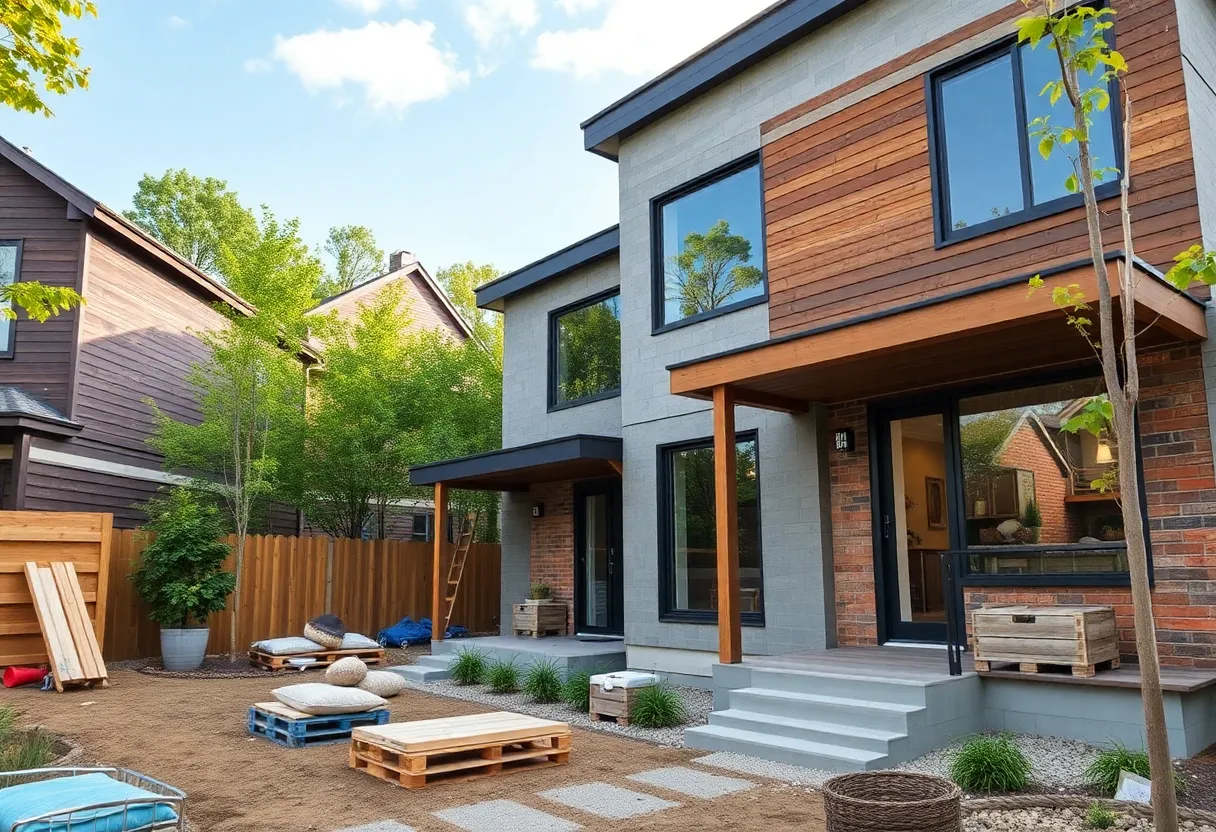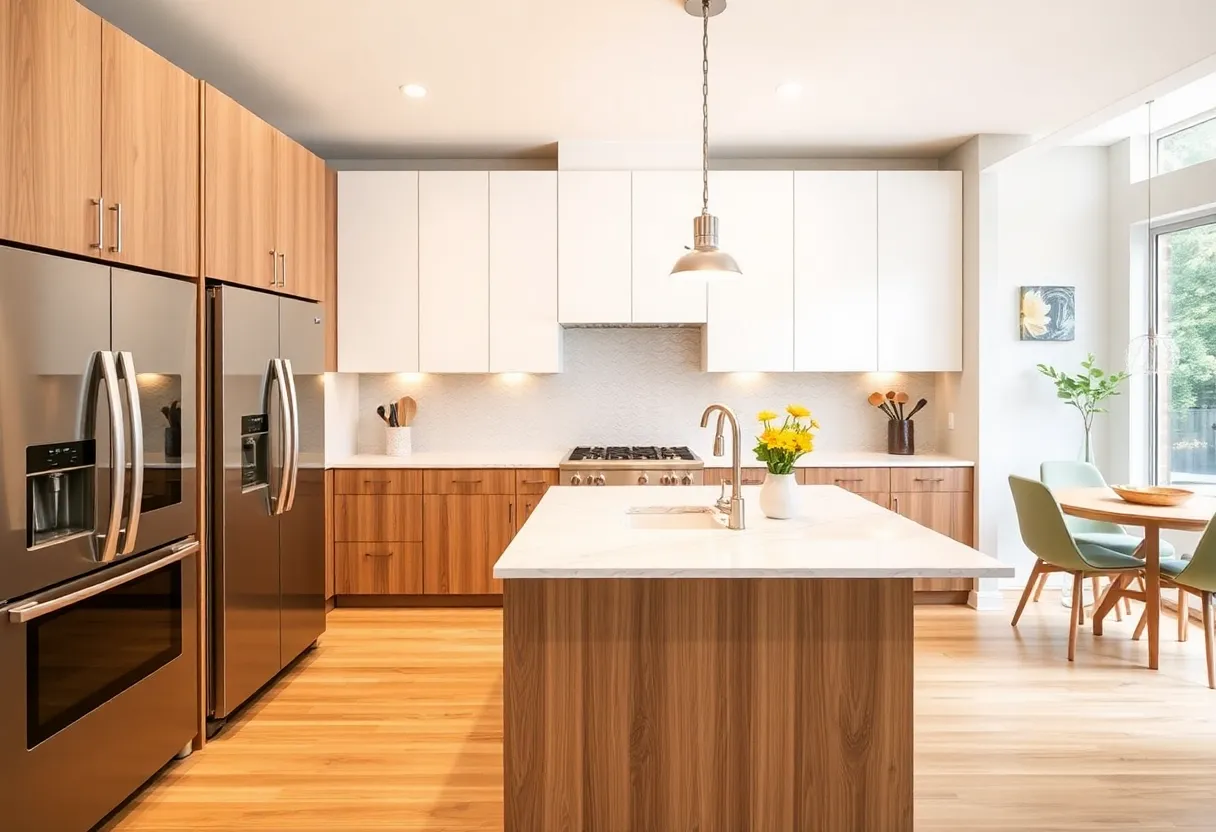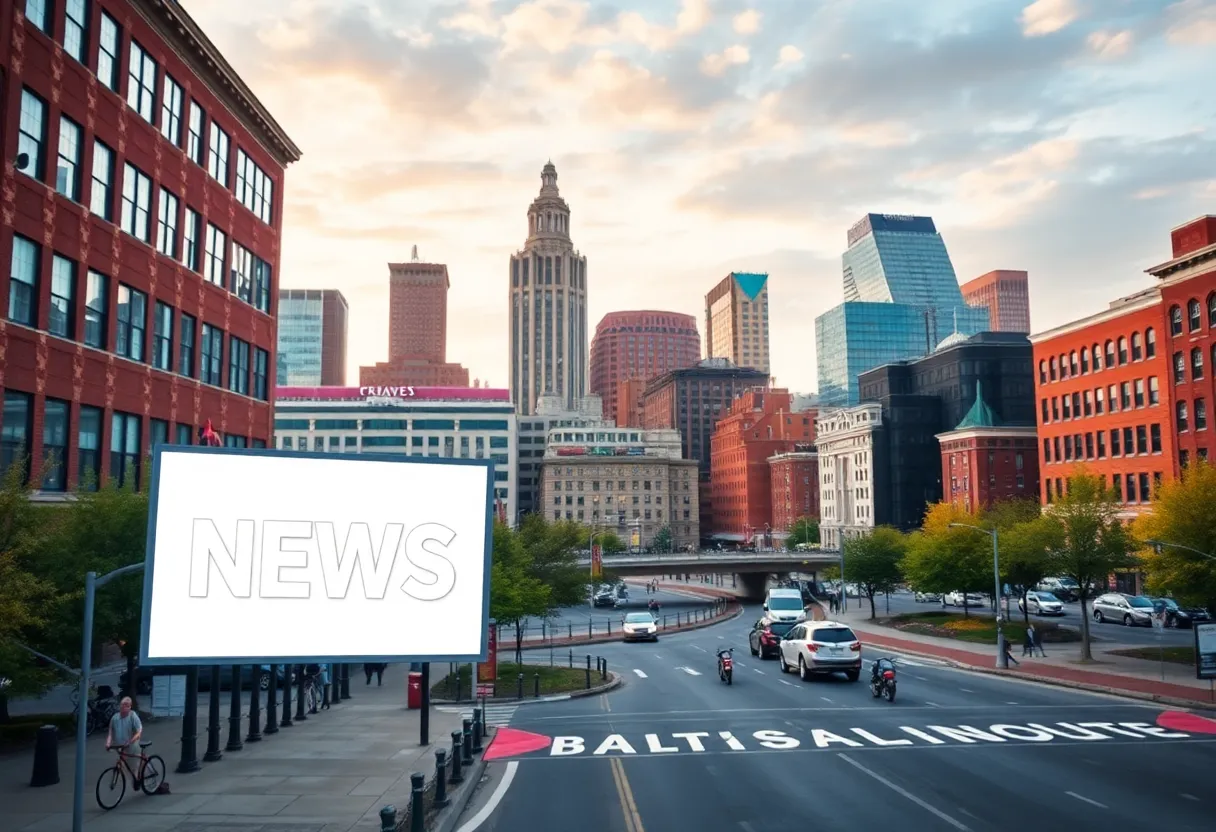What Are the Key Trends in Residential Construction to Watch in 2024?
The residential construction industry is continually evolving, driven by technological advances, shifting demographics, and environmental considerations. As we approach 2024, certain key trends are emerging as particularly influential. Understanding these developments is crucial for industry stakeholders, including builders, investors, policymakers, and homeowners.
1. Emphasis on Sustainable and Green Building Practices
1.1 Sustainable Materials and Energy Efficiency
In 2024, sustainable building practices are expected to dominate new residential projects. The emphasis is on reducing carbon footprints through use of renewable, eco-friendly materials such as reclaimed wood, recycled steel, and low-VOC paints. These choices not only support environmental goals but also promote healthier indoor air quality.
Energy efficiency continues to be a core focus. The adoption of high-performance insulation, energy-efficient windows, and advanced HVAC systems can significantly reduce operating costs but require upfront investment. Solar panel integration and battery storage systems are increasingly becoming standard components in new homes.
1.2 Net Zero and Passive House Design
The concept of net zero homes—structures producing as much energy as they consume—is gaining traction. Passive house principles, which maximize insulation and minimize heat loss, are integral to this design philosophy.
Such designs not only decrease environmental impact but also offer homeowners long-term savings. Builders adopting these practices are positioning themselves as leaders in sustainable construction.
2. Incorporation of Smart Home Technologies
2.1 Automation and Connectivity
The rise of the Internet of Things (IoT) continues to shape residential construction. Smart home features—automated lighting, voice-controlled thermostats, security systems, and appliance management—are becoming standard expectations.
In 2024, integration of these systems is becoming more seamless and user-friendly. Builders are pre-wiring homes for future connectivity and installing hubs that support multiple devices, thus enhancing flexibility and convenience for occupants.
2.2 Energy Management and Security
Smart energy management systems optimize power consumption, enhancing sustainability and reducing costs. Advanced security installations include facial recognition, remote monitoring, and smart locks.
These innovations contribute to increased safety and efficiency, and they serve as a key selling point in competitive markets.
3. Focus on Resilience and Climate Adaptation
3.1 Flood-Resistant and Fire-Resistant Designs
With climate change intensifying weather events, resilience in construction is vital. Homes in flood-prone areas are increasingly built with raised foundations, waterproof materials, and flood barriers.
Similarly, fire-resistant materials and defensible space design are prioritized in wildfire-prone regions. Incorporating these features reduces risk and mitigates potential damage.
3.2 Climate-Adaptive Structures
Designs that adapt to local climate conditions—such as using reflective roofing in hot climates or thermal mass materials in cold regions—are gaining prominence. These strategies improve energy performance and occupant comfort.
4. Modular and Prefabricated Construction
4.1 Benefits of Modular Construction
Modular and prefabricated construction techniques are redefining the timelines and cost efficiencies in residential building. Off-site manufacturing reduces construction times by approximately 30-50%.
This approach minimizes waste, enhances quality control, and accelerates project completion, making housing more affordable and accessible.
4.2 Customization and Flexibility
Despite traditional criticisms, modern modular systems allow for high degrees of customization. Builders can swiftly adapt designs to meet specific client needs, enabling rapid scalability.
5. Embracing Innovative Building Technologies
5.1 Building Information Modeling (BIM)
The adoption of BIM continues to advance, enhancing coordination, reducing errors, and fostering sustainable design practices. It allows for detailed visualizations and simulations before construction begins.
This technology contributes to cost control and improved project outcomes, especially in complex residential developments.
5.2 3D Printing and Advanced Fabrication
While still emerging in residential construction, 3D printing offers possibilities for constructing complex architectural features and small-scale homes rapidly. Cost reduction and design flexibility are key drivers for this technology’s growth.
6. Adaptive, Flexible, and Multi-Functional Spaces
6.1 Home Offices and Remote Workspaces
The shift towards remote work has influenced housing layouts significantly. In 2024, homes prioritize dedicated office spaces with soundproofing, ample wiring, and ergonomic design.
This trend is reshaping interior planning, emphasizing versatility within homes.
6.2 Multi-Functional Rooms
Spaces that serve multiple purposes—like guest rooms that double as offices or gyms—are increasingly favored. Movable walls and modular furniture enhance adaptability.
This trend aligns with the desire for efficient use of space, especially in urban environments.
7. Regulatory and Policy Shifts Impacting Construction
7.1 Zoning and Building Codes
2024 will see stricter enforcement of codes related to energy performance, safety, and sustainability. New zoning laws may encourage or necessitate eco-friendly design features.
Stakeholders must stay abreast of evolving regulations to ensure compliance and access incentives.
7.2 Incentives for Green Building
Government incentives, grants, and tax credits targeting sustainable construction are likely to increase. These policies support innovation and adoption of environmentally friendly practices.
8. Market Dynamics and Consumer Preferences
8.1 Demand for Eco-Friendly and Technologically Advanced Housing
Homebuyers’ preferences are shifting towards residences with low environmental impact and integrated technologies. Transparency in energy performance and green features influences purchasing decisions.
Builders focusing on these attributes will likely gain competitive advantages.
8.2 Affordability and Supply Chain Considerations
Material costs and supply chain disruptions continue to challenge affordability. Innovative sourcing and modular design techniques are essential tools to address these issues.
Conclusion
In 2024, the residential construction industry will be shaped predominantly by sustainability, technological innovation, resilience, and evolving consumer preferences. Key trends such as green building practices, smart home integration, modular construction, and climate adaptation are set to transform housing development.
Adapting to these trends requires strategic planning, technological investment, and regulatory awareness. Those who embrace these changes will lead in creating homes that are safer, more sustainable, and better suited to future needs.
Author: STAFF HERE BALTIMORE WRITER
The BALTIMORE STAFF WRITER represents the experienced team at HEREBaltimore.com, your go-to source for actionable local news and information in Baltimore, Baltimore County, and beyond. Specializing in "news you can use," we cover essential topics like product reviews for personal and business needs, local business directories, politics, real estate trends, neighborhood insights, and state news affecting the area—with deep expertise drawn from years of dedicated reporting and strong community input, including local press releases and business updates. We deliver top reporting on high-value events such as the Baltimore Book Festival, Preakness Stakes, and Artscape. Our coverage extends to key organizations like the Baltimore Chamber of Commerce and Visit Baltimore, plus leading businesses in shipping and healthcare that power the local economy such as the Port of Baltimore and Johns Hopkins Medicine. As part of the broader HERE network, we provide comprehensive, credible insights into Maryland's dynamic landscape.





